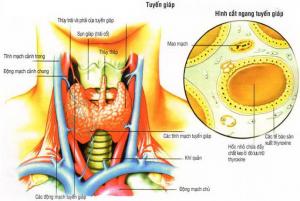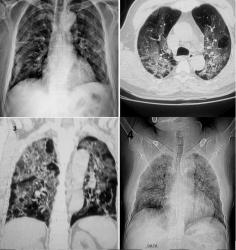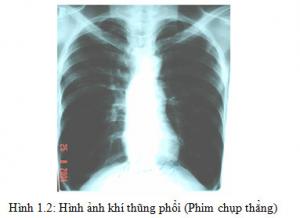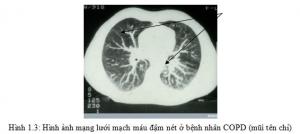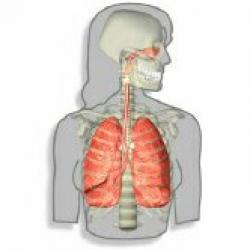Ngày 06/08/2016 10:51 | Lượt xem: 6280
Tin tức liên quan
Ý KIẾN KHÁCH HÀNG
Tìm kiếm
Tin nóng
Hỗ trợ khách hàng
Điện thoại bàn: (028) 3981 2678
Di động: 0903 839 878 - 0909 384 389








